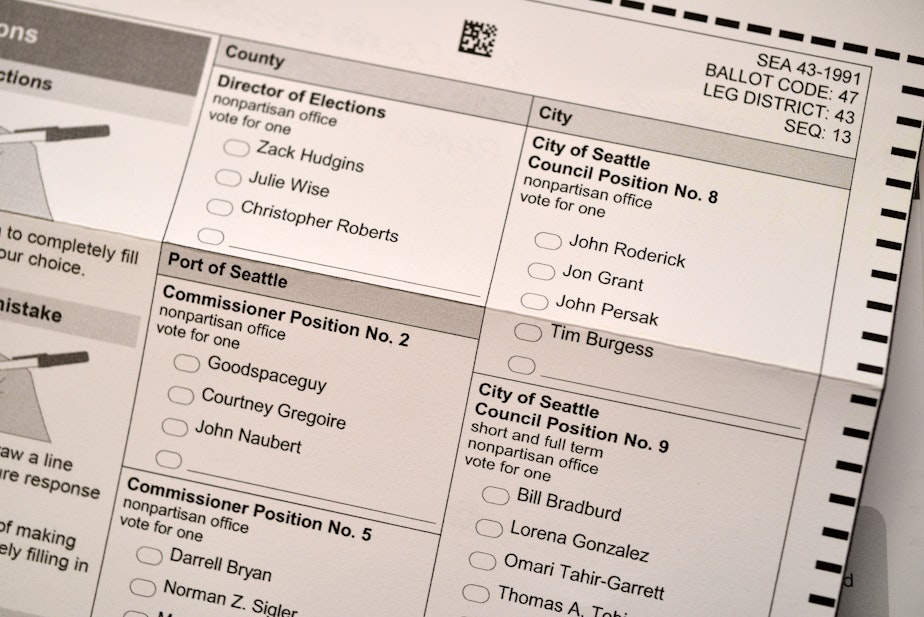Crowded Seattle Council Races Set Spending Record

Those who supported dividing Seattle into districts said it would encourage grassroots campaigning and decrease the need for big donations.
With districts, they said, "a grassroots candidate can win against an incumbent using good old-fashioned legwork and people power." They said the old system favored candidates with deeper pockets.
But now that campaigns are underway for the seven district and two at-large positions, one thing is clear: Independent expenditures have more than doubled from the previous record – and this election cycle is far from over. Those are donations from outside groups to help – or hurt – a candidate. Some of these donations are for negative ads.
Wayne Barnett, executive director of the Seattle Ethics and Elections Commission, said these donations from business and labor groups and others have topped $280,000.
“The previous record was a little less than $135,000 and that was in 2009,” Barnett said. “So yes, we are seeing a lot of independent spending this time.”
Sponsored
Barnett said this is partly because all the races are on the ballot. Previously, terms were staggered so that only half the council seats were on the ballot at a time. Another reason might be because the field of candidates in some district races is so crowded.
There are nine people running for the open seat in West Seattle’s District 1, and eight people for the seat in North Seattle. Surviving the primary may require a small margin of votes.
“If you can literally influence 4,000 to 5,000 – maybe 10,000 – voters and influence the outcome of a race, that could lead people to believe that might be a wise race to spend some money in," Barnett said.
Another reason the margins of victory might be so narrow is that voter turnout in these local primary elections is typically low.
King County officials estimate that turnout for Tuesday’s primary will be around 30 percent.

